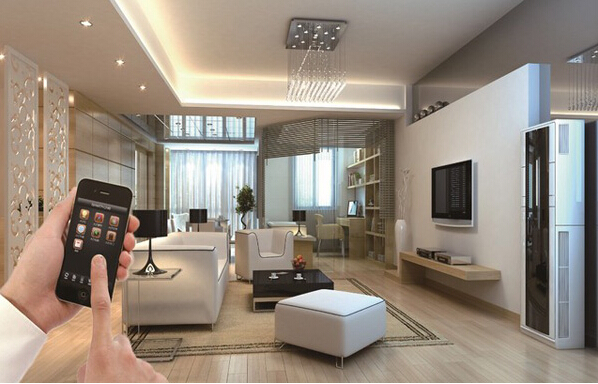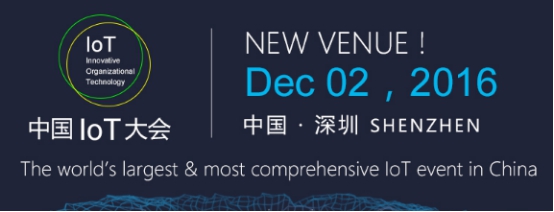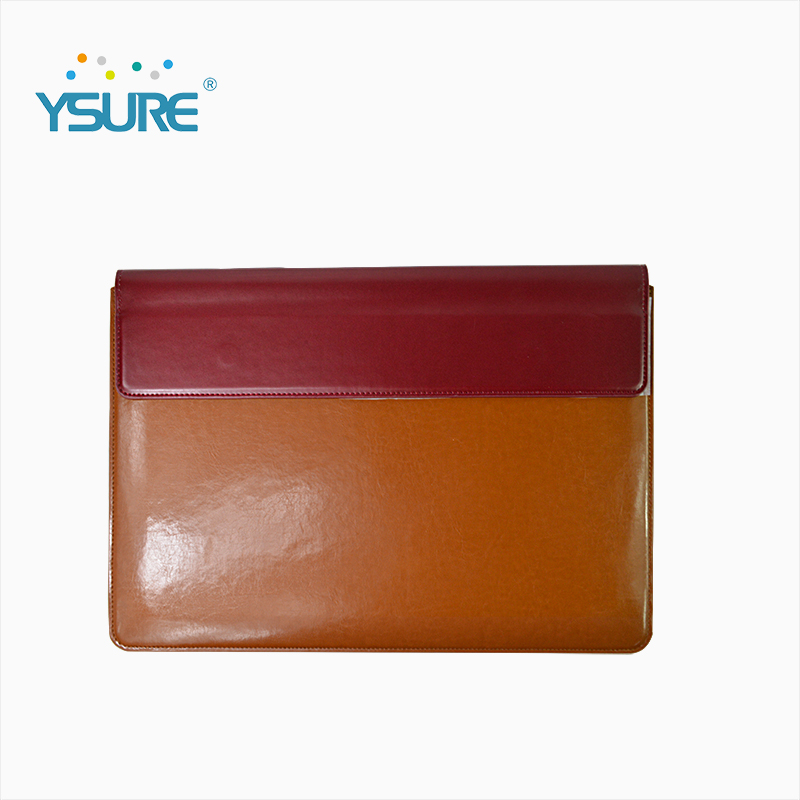According to market research firm StaTIsta, the size of China's smart home market reached 40.34 billion yuan in 2015, a year-on-year increase of 41%. It is expected that by 2018, this figure will reach 130 billion yuan. It will be a billion-dollar market! The huge market is in urgent need of innovative products to meet, Google, Apple, BAT, Xiaomi, Midea, Haier, etc. have laid out the smart home industry chain, and want to take the lead.
On July 12, at the group headquarters of Shundemei, Guangdong, the chairman of the company, Fang Hongbo, and the CEO of Huawei's consumer business, Yu Chengdong, signed the Strategic Cooperation Framework Agreement on behalf of both parties. The two sides will form a comprehensive strategic partnership in the field of smart home.
According to the agreement signed by Midea and Huawei, the two parties will target mobile smart terminals and smart home appliances, channel sharing and joint marketing, chip, operating system (OS) and artificial intelligence (AI), smart home security, data sharing and data. Digging, brand cooperation and other aspects to build a comprehensive strategic partnership. From the above content, the channel between the US M-Smart and Huawei Hilink is opened, and the Huawei consumer business full range of terminal products and Midea's full line of smart home appliances can be interconnected.
At present, there are four main marketing strategies for smart home products:
The first category: the system. An integrated smart home system such as Haier uHome or Control4 in the United States connects compatible lighting, audio-visual, and security electronic devices to a central control system for unified control through physical wiring or wireless communication methods such as Zigbee. This overall solution is functional and user-friendly, but requires professional installation and is expensive. Domestic manufacturers generally choose to cooperate with real estate developers, mainly in the pre-installation market, but the popularity rate is relatively slow.
The second category: platform. International first-tier home appliance companies first developed a software agreement to connect their own products into a platform, and then let other manufacturers' products join their ecosystem through the opening of the agreement. Samsung's SmartHome and Haier's U+ smart home operating system are the same. Samsung is cutting in from the strong TV and mobile phones, and Haier is entering the market with the leading edge of white goods.
The third category: cut in by router/gateway, replace the popular products such as routers to lower the threshold of entering the home, occupy the data entry of the family, and then gradually integrate other products. There are quite a few players on the smart routers in the market recently. Xiaomi is also a high-profile use of Xiaomi smart home model room to demonstrate the integration of the millet router.
These three categories are based on platform thinking, with high thresholds and long periods.
Most startup teams and manufacturers choose the fourth strategy: single product. Take the single-function product to the extreme, break through the family at a single point, then gradually expand the product line and try to integrate other products. Nest (before Google acquisition), Dropcam, BelkinWeMo, Smartthings, Hue, Ink Weather, Magic Teng Intelligent, Bolian, Ou Ruibo, and most home appliance companies and smart hardware makers are taking this product direction.
At present, Google, Amazon, and Apple have entered the smart home market with platform thinking. The most important indicator for measuring the success of a platform is the number of third-party home hardware manufacturers. Among them, Apple's data is not optimistic, far behind the opponent.
On Apple's official website, HomeKit related information shows that Apple has only 16 hardware partners so far. In contrast, Google's Nest platform already has 70 hardware partners, and Amazon's Alexa voice assistant has also received nearly 40 smart home related projects. Hardware partner. Almost at the same time as Apple, Google and Amazon got more support from smart home hardware partners. In addition, SmartThings, a smart home platform affiliated to South Korea's Samsung Electronics, has far more hardware partners than Apple.

Through many strategies, we must return to the consumer market. The breakthrough of smart home lies in the product itself . In fact, the experience of small companies is worth learning. They pick one or two items and enter it vertically. Products are constantly polished, focusing on service and user experience.
In April of this year, Google Nest competitors, Utah smart home manufacturer Vivint, recently won $100 million in venture capital in the first round of financing. Vivint built a small ecology around its own intelligent video doorbell. In addition to selling their own smart doorbells, Vivint also sells the Nest thermostat and Amazon's Echo. Vivint sees itself more as a smart home service company than a product manufacturer. As long as the $54 monthly service fee (starting standard) is paid, Vivint will send a professional team to install smart home items, including smart bulbs, thermostats and door locks, and control it through Vivint's Sky app. all.
Ou Ruibo is also a smart home startup company from a single point layout. The company has launched a number of smart home products that are loved by users and have industry influence, including smart socket S20, infrared remote control Allone and smart gas alarm Kepler. In 2015, Ou Ruibo completed a 78 million yuan A+ round of financing, which is mainly used to build a smart home eco-chain layout. At present, ORVIBO has cooperated with more than 60 well-known electrician, electrical appliance and lighting brand enterprises such as NVC Lighting, Skyworth Group, Op Lighting and Tianlang Electric to jointly launch the Smart Home 2.0 strategy to realize the linkage between cross-brand and cross-technology products. Interaction.
How far we have to go away from the embarrassing situation
Entrepreneurs are also constantly merging, and the capital market is also optimistic. Smart homes are still in a situation where the general group does not seem to be interested. In the face of embarrassing situation, in addition to the sharp decline in the price of smart home products, intelligent solutions to practical problems, the industry's authoritative experts pointed out: At present, there are some "hard injuries" in the development of smart homes and smart home appliances:
First, intelligence, low intelligence, and even unwiseness, with the brand of "smart", the actual product has a technical and functional difference from the true meaning of intelligent control, and there is not even a little "intelligence." For example, in terms of sensors and chips, sensors need to be used as an entrance to the outside world, regardless of voice, temperature, humidity, indoor location, image, touch, smell, etc., in order to achieve accurate judgment and transmission.
Second, there is no interconnection, and there is no “interconnection, intercommunication, and mutual control†between household electrical appliances. The products are still in the separate control stage of “closed locks and locks the countryâ€, unable to meet the overall interconnection needs of consumers, and families are separated by different brands. An "island" completely lost the intelligent effect.
Third, smart and ruthless, many enterprises have not tapped the potential of humanized humanization of home appliances, and have not let smart homes truly play their due family needs such as family warmth and care. Among them, many subdivisions of smart homes have yet to be explored, and the use process is more simplified and properly combined. The shared model, the emergence of explosions is worth looking forward to.
Smart home needs the basic basic application device protocol and interface uniformity, more application content, better scalability and mobile Internet function application, and finally realize environmental factor control, home appliance operation control, energy saving control, life factor supply, information element interaction, etc. From semi-automatic to fully automatic and even intelligent, it provides people with more and more comfortable home life. In the future, smart homes will unify all home appliances, networks, and information portals in the home, and connect with other intelligent application platforms, becoming an indispensable family wisdom platform.

So what are you waiting for in the torrent of the Internet of Things! "How can you miss this new feast of the Internet of Things?! The 3rd "China IoT Conference" organized by Huaqiang Jufeng's Electronic Enthusiasts Network will be held in Shenzhen on December 2: Global Vision The exclusive view of higher value, more professional technology sharing, more cutting-edge pulsation, and the gathering of well-known companies and elites of the global Internet of Things, you must not miss it! More information Welcome everyone to continue to pay attention to the electronic enthusiast network!" (Click on the picture see details)
Material : PU leather+PC
Style: Fashion,popular,comfortable PU leahter, good vision feeling and match beautify style
Accurate holes: Keep camera holes,earphone port off-on button,volume button,key charging interface exposed,perfect solved similar case series item shelter situation.
Slim and light, perfectly fit for your machine, access to all controls and buttons
The case give full protection to the products against any accidental bumps or scraps
Hot selling reason: high quality leather case,good protective and good price.


Tablet Cases,Tablet Leather Cases,Pu Laptop Bag,Tablet Leather Case,Protective Laptop Bag
Guangzhou Ysure Electronic Technology Co., Ltd. , https://www.ysurecase.com
![<?echo $_SERVER['SERVER_NAME'];?>](/template/twentyseventeen/skin/images/header.jpg)